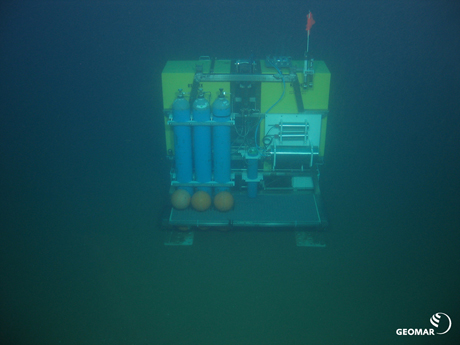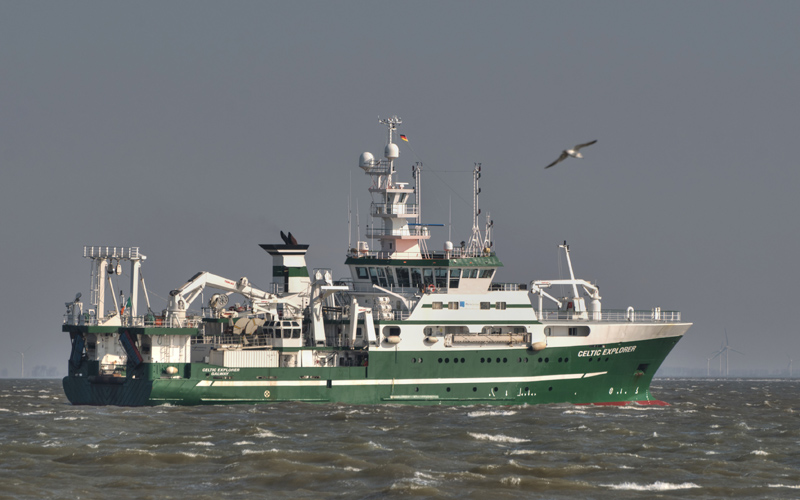CELTIC EXPLORER CE12010
- Area:
- Central North Sea
- Time:
-
20.07.2012 - 06.08.2012
- Institution:
- GEOMAR
- Chief scientist:
- Peter Linke (19 attendees)
The expedition CE12010 with the Irish research vessel CELTIC EXPLORER is conducted in the framework of 2 EU projects. Whereas the ship time, costs for transport and travel are supplied through the project EUROFLEETS, scientific questions raised within the ECO2 project will be addressed during the expedition. The project ECO2 , supported by a team of international collaborators, investigates the environmental impact of the storage of carbon dioxide (CO2) in the sediments. This is being performed at existing CO2 storage sites in the North Sea and the Barents Sea paired with a comparison of natural gas emission at the seafloor. The first target of the researchers on board the CELTIC EXPLORER is the Norwegian gas field “Sleipner”, which has been used for more than 10 years for CO2 in parallel to gas production. During the previous year, initial investigations on potential gas emission sites were conducted on board the ALKOR. During this current year, there are already four expeditions scheduled for this area: a cruise of the MPI Bremen with RV HEINCKE in spring 2012, in the beginning of July an expedition with the Norwegian RV G.O. SARS, the expedition CE12010 in July-August, and in September another expedition with the British RV JAMES COOK. The expeditions complement each other to efficiently use valuable ship time. At this time, on board the CELTIC EXPLORER are the ROV KIEL 6000, two landers, a video-guided pump-CTD as well as a 6 m-long vibro corer. A specific feature of this cruise is that a CO2 release experiment will be conducted in the vicinity of Sleipner at the seafloor to trace the spreading of a limited amount of CO2 in the sea water and to test the sensitivity of the sensors. In addition to Sleipner, the so-called blowout crater in the British sector of the North Sea will be investigated, where high quantities of methane have been emitted for more than 20 years following a failed drill attempt. Ideally, this unplanned long-term release experiment can be used to estimate how much methane is emitted from the seafloor and its resultant distribution in the water column. Furthermore, it can be use as a natural laboratory to study the establishment of microbial communities, which are capable of consuming this methane and may hinder the emission of the green house gas into the atmosphere.
GEOMAR elevator on the North Sea seafloor just before the CO2-release experiment. Photo: GEOMAR



